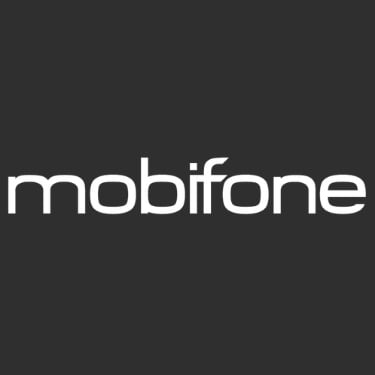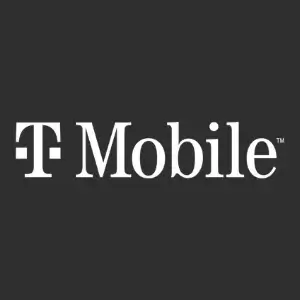The decrypted facts
Following the fire at the Lubrizol plant, the Senate's commission of inquiry published a report June 2, 2020, titled "Industrial risks: prevention and forecasting to avoid suffering."
It regrets, in particular, the inability of the public authorities to provide clear information in real-time: "Basically, the crisis communication of the State services has shown its limits by its inability to inform the public in a clear, prescriptive and educational way, and to effectively use all available distribution channels (radio, television, press, social networks). [...] The need to reassure at any costs detracts from the main objective: to inform as clearly as possible and in real-time, even if it means adapting public communication according to the course of events."
The analysis identifies a series of weaknesses, including:
- The lack of real-time public information
- Lack of social network monitoring (the accident generated 200,000 tweets in 24 hours)
- An outdated warning system
- A lack of coordination of government services
- The weak culture of risk and safety of the French people
Today, 90% of French people feel poorly informed about the risks posed by industrial and chemical facilities, and barely 10% say they know how to react if an accident was to occur near their home!
Towards a better future
A few months later, in September 2020, the Minister of Interior Gérald Darmanin announced the deployment of a warning system throughout France by June 2022: "We must modernize the way we inform the population. That's why we will deploy throughout the country - including overseas - a modern system of real-time SMS (...) and a 'Cell broadcast' system (which uses cellular broadcasting and not 3G, 4G or 5G networks)".
The Intersec public warning system, selected by the French Ministry of the Interior, is based on these two technologies that allow a massive, contextualized, and timely sending of emergency messages. With "Cell Broadcast", the alert message is not sent to a terminal but directly to an operator's network antenna, which in turn broadcasts the message to all telephones in its coverage area. Location-based SMS, on the other hand, usually works on 2G, 3G, 4G. The coverage rates are therefore even more exceptional than for cell-broadcasting since 95% of the population is covered.
Generally, the Senate report also proposed to modernize the State's communication doctrine, at the central and decentralized levels:
- better prepare for the occurrence of industrial accidents through regular exercises
- Continuous training of agents likely to communicate during a crisis
- better messages sequence to be delivered according to the distribution channels available and the audiences
- give a clear orientation to local players
Source: Cap'Com
Access the other articles of the lesson series here:
Lesson #1 - The Fukushima evacuation process
Lesson #2 - When emergency alert apps fail
Lesson #3 - Crisis Communication: The Lubrizol Plant Fire
Lesson #4 - Safe and sound thanks to AML
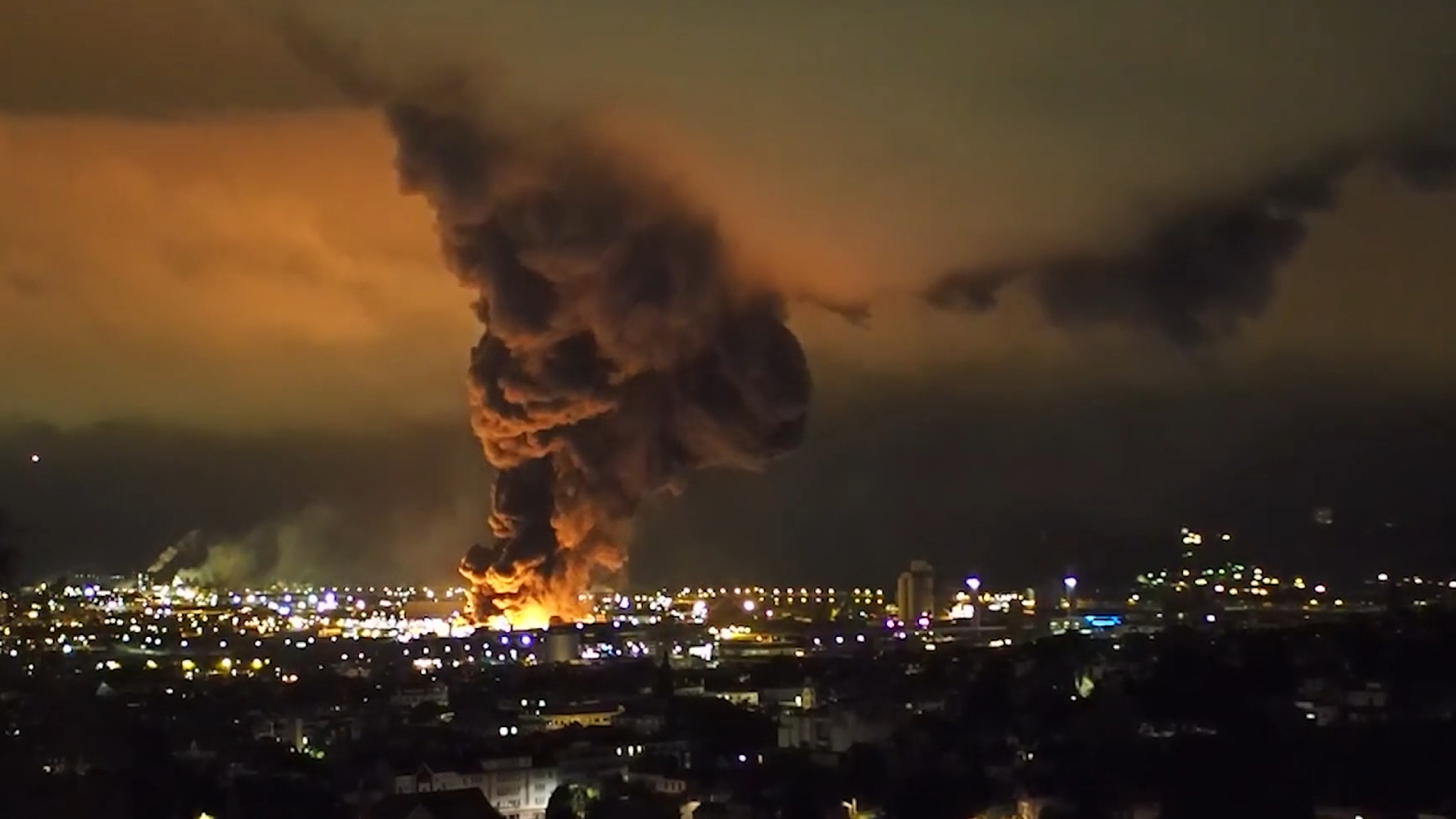 Lesson #3: Crisis Communication: The Lubrizol Plant Fire" />
Lesson #3: Crisis Communication: The Lubrizol Plant Fire" />
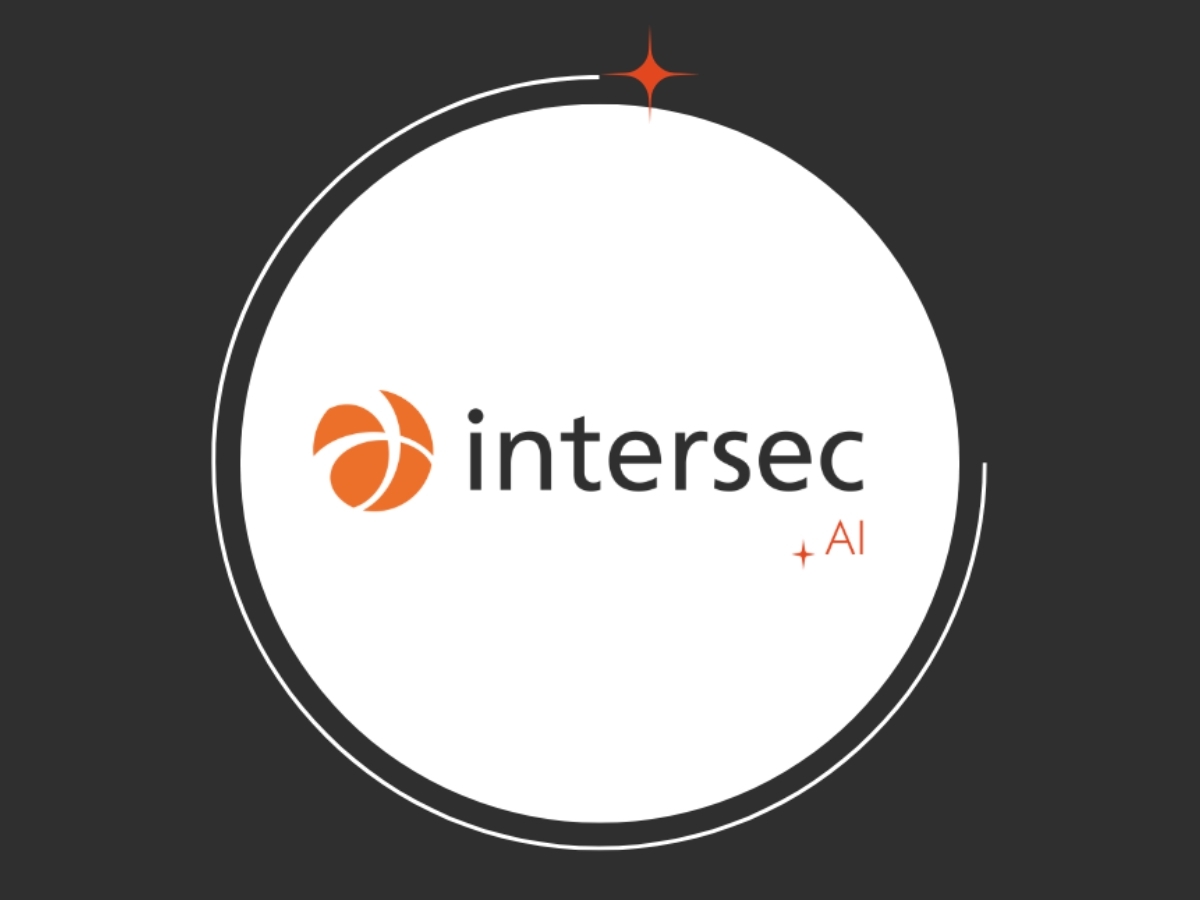
.jpg)
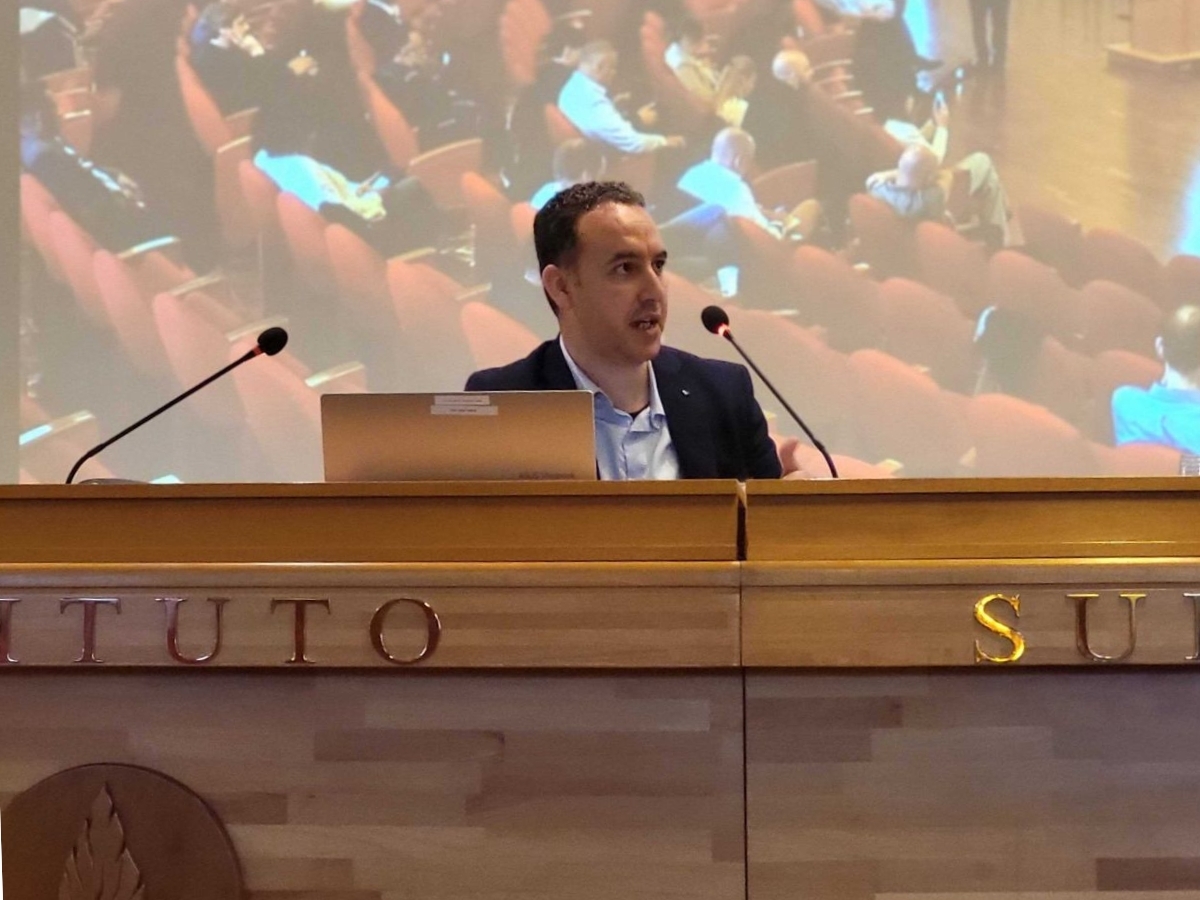



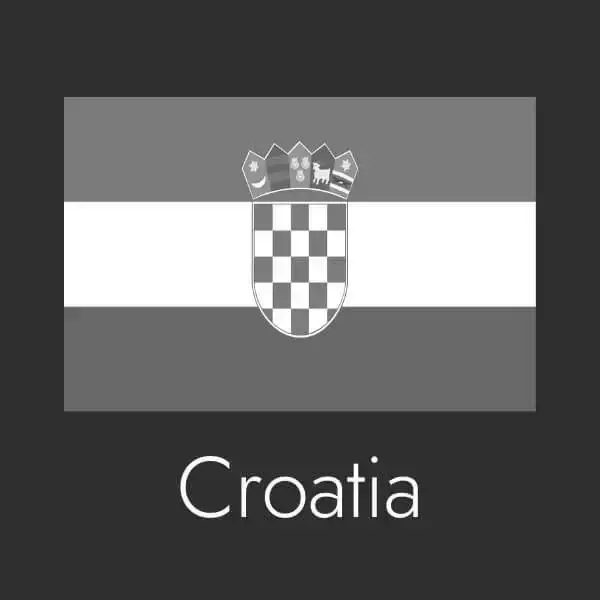




.webp)


.webp)



